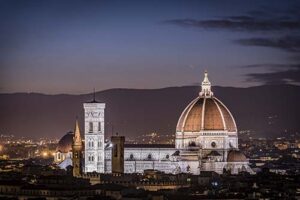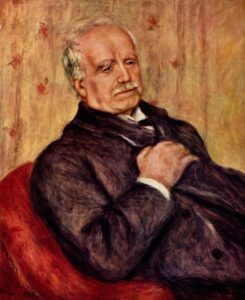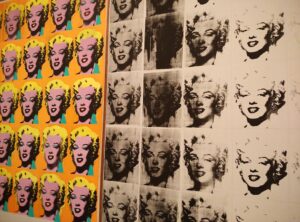The evolution of art promotion over time
If you prefer to listen:
The promotion strategies of artists have changed considerably throughout history. The marketing of culture has a particularity that other fields do not have, so there is a classification of its own. Unlike any other activity, in art, works are not products, the price is not value. The value of art is measured from different factors, such as symbolic, spiritual, social, aesthetic, and historical values. For this reason, promotion and marketing have been developed from a romantic viewpoint. This approach implies that strategies cannot be applied during artistic production because they run the risk of contributing to its trivialization just to reach a larger audience.
Renaissance: when it all began
From the beginning, promotion is an essential tool to increase the artist’s benefits, not only to receive recognition. Culture has been profoundly transformed and so have the debates about its relationship to the market. To understand its evolution we must go back to the Renaissance, the time when art became art, and when artists became artists.
During this stage, the Church ceased to be the only or main avenue of cultural promotion in the West, and the civil sectors took on a leading role in artistic-cultural production, promotion, and protection of the arts and sciences. After the Middle Ages, a dark period in which knowledge was reserved to a few, the Renaissance tried to recover part of the studies and arts that had been so important during the classical period. Just as the ideal man who knows all sciences appeared, so did the ideal art.
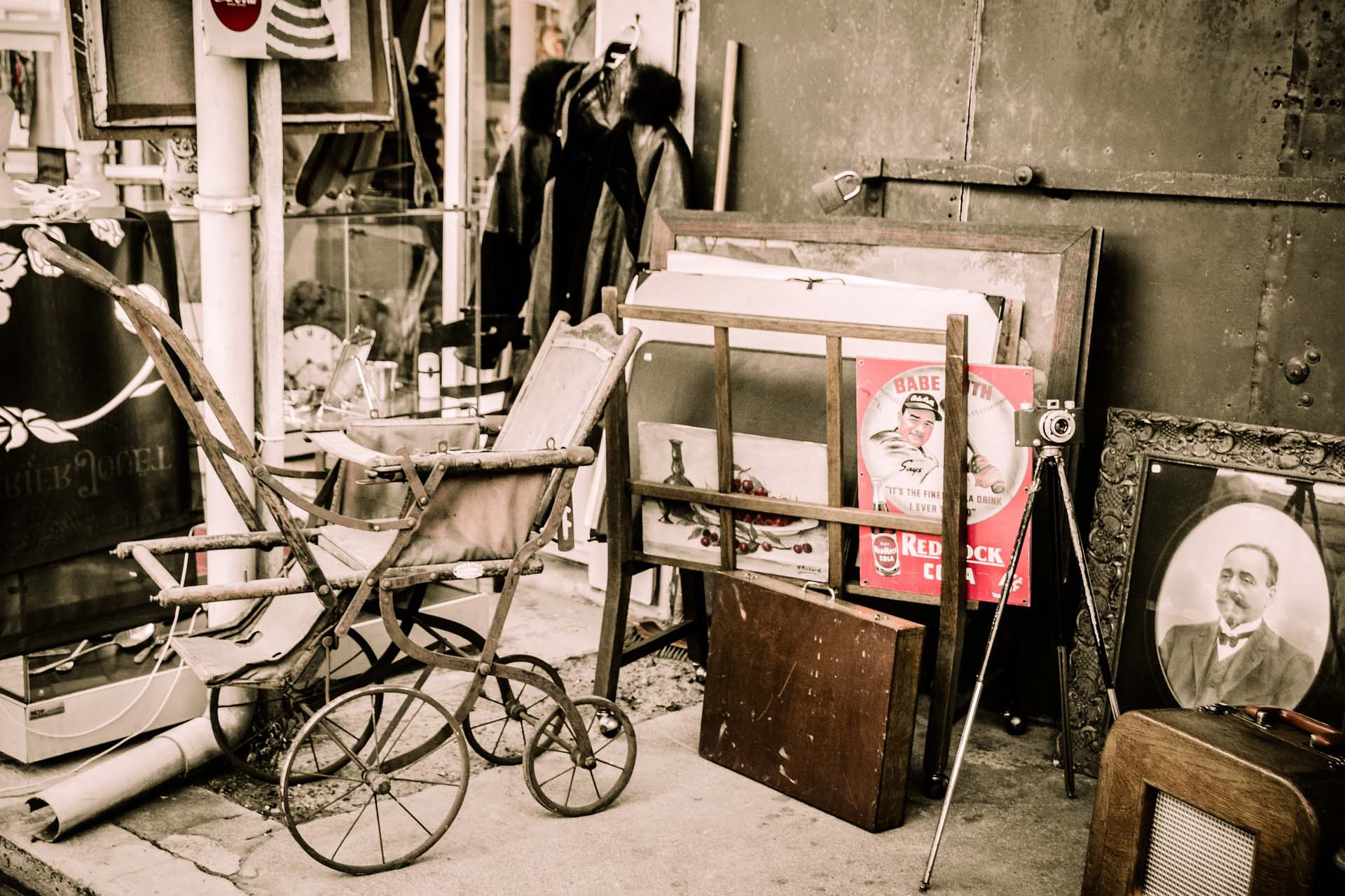
Italy: the XVI Century’s Art Capital
Italy was the great capital of art in the 16th century. In different Italian cities, some of the best artists of the time would meet. An important part of this cultural splendor is due to the existence of patrons: wealthy people who invested part of their riches in art. This is how patronage was born, the practice of promoting art, and protecting artists. The people who acted as “protectors” were called patrons and it could be said that the Renaissance was their doing. The term “patron” comes from Gaius Cilnius Maecenas, an Etruscan Roman nobleman of the first century B.C. who stood out as a passionate promoter of the arts and literature. He was, in fact, a friend of Horace and Virgil.
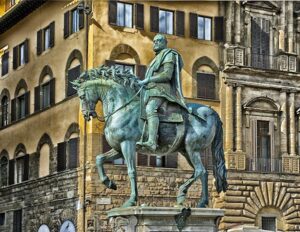 The birth of Patronage
The birth of Patronage
A patron was characterized by a close relationship with artists, often sharing friendship or helping them financially to grow. Among the most important of the Renaissance was the Medici family, the Uffizi family, the Gonzagas, the Sforzas, the Borgias, the D’Este, among others. Patrons often appeared in the artistic works they promoted. This was unacceptable in medieval times.
Patronage had another fundamental moment as a means of promotion during Impressionism. Paul Durand-Ruel was the collector and patron responsible for promoting this movement by supporting artists financially and helping them to exhibit when they were rejected from all sides. He managed to sell more than a thousand of Monet‘s paintings and even gave him a place to live and work under better conditions when the artist was bankrupt. Ruel was immediately seduced by the spontaneity, energy, and freshness of the new painters’ collective. In 1872 he discovered two of Edouard Manet’s works in another artist’s Parisian studio and bought them instantly. He then went to the author’s own studio and bought everything he saw hanging there. Ruel dared to insert the impressionist works in a rented gallery and this was the first step of years to place the paintings on the market and to make his artists known.
“In the future, everyone will be famous for fifteen minutes”
However, the figure of the patron was decaying at the beginning of the 20th century. Art suffered a great revolution against the institutions and all the conventions. The artists began to manage on their own, or at least, more involved with the market influencing then the avant-garde of half a century. This is the case of the extravagant Andy Warhol, the artist who transformed art into a business. “In the future, everyone will be famous for fifteen minutes,” Warhol said, and he turned out to be a true visionary. Today, social networks allow us to star during those minutes and even more. He was an innovator who demystified the concept of the artist as a difficult profession that required hard years of training and improvement. He transformed it into a mere business whose only merit lay in being a celebrity and making money.
Exploit those who are already famous
His strategy was simple: in his series inspired by Campbell’s cans, the artist used one of the most popular brands to draw attention to his art. Although they didn’t have business relationships at first, after the can exhibit scandal and the exposure he got, Campbell started a feedback partnership to push his products. This helped launch Warhol’s career when no one knew his name. Since then, pop art has been characterized by the use of mass media images. In his works you can see the complicity that existed between him and advertising, making a creative style and becoming an icon of contemporary art. In turn, The Factory, his studio, promoted the work of new talents such as Jean-Michel Basquiat or the music group The Velvet Underground.
Is marketing more important than art?
Nowadays, marketing takes over contemporary art. The actions of Banksy or Damien Hirst generate more impact than their works. The economist Don Thompson has spent years and several books trying to decipher the mechanisms that articulate the art world. And he has two things clear: the importance of marketing and how fundamental it is to become a brand: whether you are an art dealer, a gallery owner, an auction house, or an artist. With the sum of both things, brand and marketing, the market is built. Or at least that of contemporary art in its highest range.
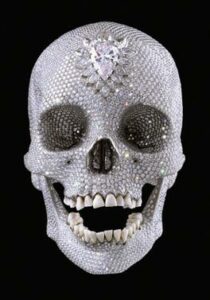
Love of God by Damien Hirst
One of the most unusual strategies is used by Hirst. His skull encrusted with diamonds is the most accomplished work by a living artist and one that got press since before its creation.
But the most surprising thing is that the buyer is part of an investment group that included, as was later revealed, Hirst himself, his manager, and his gallery owner. The purchase was a brand operation to keep the artist in the limelight. It is not in vain that Hirst is the king of marketing, as he is talked about all the time and sells his works like hot cakes, boasting that he does not know how to paint and that he has a workshop that creates them. When art stops being figurative and starts being conceptual and abstract, a gap is created between the art world and society that makes people not understand Damien Hirst’s value when he puts a shark in formaldehyde.
A new era of “collective” patronage
The figure of the patron has traditionally been present in the art world. It is a tradition that is still alive centuries after the hand of philanthropy, that is to say, very rich people who invest part of their wealth in researching and promoting projects in the fields of culture, science, medicine, or social welfare. Bill and Melinda Gates, Mark Zuckerberg, or Amancio Ortega are examples of billionaires who make donations to create cultural projects, improve education, defend the environment, and promote scientific research, among others. However, nowadays patronage is not only for billionaires but also for cultural institutions and calls.
 The digital era has rescued and rewritten the concept of patronage with the introduction of crowdfunding systems to the general public. New financing models that recycle the classic figure of the patron and opt to multiply it by allowing, and above all encouraging, the participation of several individuals in the funding of the work. This type of financing has managed, thanks to its massive nature, to reduce the amount of capital needed per person for a given company to be successful. The artists’ proposals, supported by this affordable subsidy, began to interest the most humble investors, those who had never dared to invest and managed to create a new generation of producers who are dedicated to laying the groundwork for authors to build their projects. This favors the distillation of the contemporary artist: the creator chooses to produce an uncontaminated work for a certain group of patrons instead of trying to massify it and abide by modifications that aim at the most shamelessly commercial factor. The sponsor is renounced and the true traditional patron is held on to.
The digital era has rescued and rewritten the concept of patronage with the introduction of crowdfunding systems to the general public. New financing models that recycle the classic figure of the patron and opt to multiply it by allowing, and above all encouraging, the participation of several individuals in the funding of the work. This type of financing has managed, thanks to its massive nature, to reduce the amount of capital needed per person for a given company to be successful. The artists’ proposals, supported by this affordable subsidy, began to interest the most humble investors, those who had never dared to invest and managed to create a new generation of producers who are dedicated to laying the groundwork for authors to build their projects. This favors the distillation of the contemporary artist: the creator chooses to produce an uncontaminated work for a certain group of patrons instead of trying to massify it and abide by modifications that aim at the most shamelessly commercial factor. The sponsor is renounced and the true traditional patron is held on to.

There is still room for creativity
At the same time, modern patrons focus on artists who are innovative, creative, or brilliant in their field. All of this ended up reshaping the artist’s silhouette, making him the main axis instead of a mere appendage to another chain of production, recovering the perception that his importance has always been more cultural than business. An example of a modern patron is “ACCIONA” which, as an associated company of SUR Escuela de Profesiones Artísticas, proposes to focus on the future by promoting opportunities for new generations of artists. On the one hand, offering ten scholarships a year but also organizing the ACCIONA chair, an annual cycle of masterclasses that serve as a hotbed of references for an academic program that has some point in common with the idea of the Renaissance virtuous student: those in charge consider that the artist should receive a multidisciplinary formation instead of initially specializing in one field, and that is why during the learning process students are faced with several arts at the same time.
Meanwhile, on the opposite side of the street from this way of understanding cultural heritage, the insistence on disguising the advertising issue as art continues. For example, in 2012 Beyoncé reached an agreement whereby a soft drink company would blindly finance the singer with fifty million dollars for her productions and some media pointed out that this could be a kind of modern patronage. Perhaps it is necessary to re-educate oneself in the concept of the artist and to target those who really have something to say.
The democratization of art
Contemporary art implies a radical change in the relationship between the artist and the public. This stage also means that there is a democratization of art since the collections are not only owned by millionaires or monarchs but also by public museums. The French Revolution caused the decline of the aristocracy although even until the 20th century many monarchs were important patrons. Such is the case of Napoleon, protector of Jacques-Louis David, Louis Philippe I of France by Jean-Auguste-Dominique Ingres, Frederick William IV of Prussia by Caspar David Friedrich, Ludwig II of Bavaria by Richard Wagner, among others. But today entrepreneurs dominate the new contemporary patronage such as Rothschild, Guggenheim, Thyssen, Ludwig, Rockefeller, Gulbenkian, etc. Through the new galleries, art has a better diffusion and access to a public that grows day by day influenced by its presence in social networks, a massive tool with low advertising costs.




